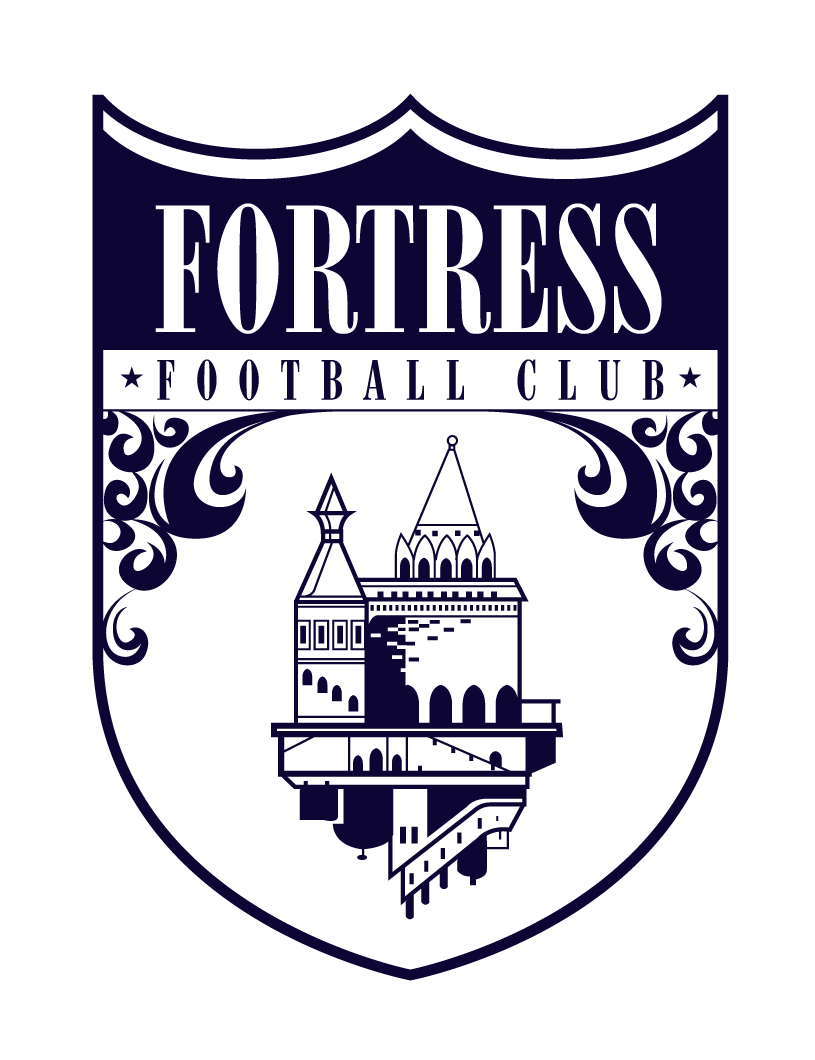Attacking The Back Line
Our focus this week is attacking the back line.
Most, if not all teams we play will have three defenders. This means there are four openings to attack to beat the opponent’s defenders:
The blue arrows represent the two corridors on the outside and the two yellow arrows represent the corridors on the inside. This week, we will focus on the inside corridors, or spaces between the center back and the outside backs.
Why do we concentrate on these two spaces?
Because if a ball is passed through either inside corridor, the player has an opportunity to shoot on goal. If the ball is passed through either outside corridor, the chance of shooting is less likely. Do you know why? Ill ask this at practice.
Won’t these spaces be guarded? Yes, they will be. But a through ball into space beyond the defensive line is very hard to defend. And if we’re ready for it, our player can run onto it.
Which players will run onto it?
It’s easy to see the front four running onto these passes (two strikers and two outside midfielders):
The ball starts with our left striker (10). She drops it back to our left center midfielder (8), who passes to our left outside midfielder (11), who breaks the opponent’s back line with a pass between their right back and center back to our right striker (9) running onto it.
With the introduction of our diamond shapes the last two weeks, any player on the field can run onto one of these passes regardless of their position.
Timing and movement are everything on this. The one sub-principle I'll mention here and at practice is that the pass and/or the run have to be on a diagonal. Both cannot be straight, but one can be straight and the other diagonal or both are diagonal (like in the example above).
Last season, the girls did well in attacking the sidelines and crossing from the end line. This will give them another option.


